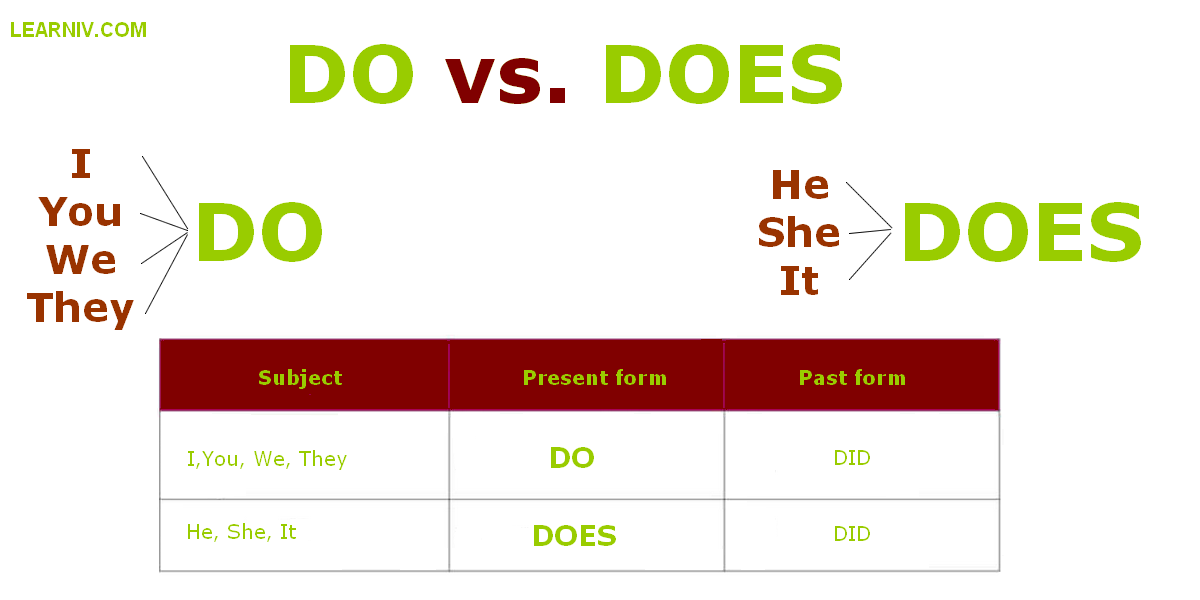DIY Solutions to Make Any Table Taller: Step-by-Step Guide for Lasting Results
Introduction
Adjusting a table’s height can dramatically improve comfort, accessibility, and utility, whether you’re converting a work surface for standing tasks, aligning furniture for aesthetic harmony, or meeting specific ergonomic needs. Fortunately, several do-it-yourself (DIY) methods can help you make a table taller-many requiring only basic tools and materials you can find at any hardware store. This guide explores proven, actionable approaches for raising table height, including both temporary fixes and permanent upgrades, with detailed step-by-step instructions and essential safety considerations.
Assessing Your Table and Setting a Target Height
Before modifying your table, measure its current height and determine your desired finished height. Standard dining tables are typically 28 to 30 inches tall, while desks or standing work surfaces may require 36 inches or more. Carefully consider how much additional height you need-precision at this stage ensures that the end result is both functional and stable. Use a measuring tape to assess the difference between the current and target heights, and note the dimensions of the table legs, as this will influence your choice of extension method [1] .
Method 1: Using Furniture Risers for a Quick Fix
Furniture risers are a popular, tool-free solution for adding height to tables. They are blocks-often made of plastic, wood, or metal-that fit beneath the legs. Risers are widely available in home improvement stores and online retailers, typically supporting heights from 1 to 8 inches. To use them:
- Choose risers that match your table’s leg shape (round or square) and desired height increase.
- Place each riser securely under the table leg, ensuring the leg is centered for maximum stability.
- Test the table for wobble; adjust as needed for even balance.
Furniture risers work well for both temporary and semi-permanent needs-such as raising a table for a party, event, or seasonal use. They are especially useful for renters and apartment dwellers, as they require no permanent modification to furniture [2] .
Method 2: Adding Leg Extensions for a Seamless Look
For a more integrated solution, you can extend the existing table legs using custom-built or store-bought leg extenders. This approach is ideal when you want to maintain the table’s appearance or need a permanent height adjustment. There are several ways to implement leg extensions:
Option A: Wood or Metal Extensions
Purchase or fabricate extension pieces that match your table’s leg size and material. For wooden tables, cut matching wood blocks or cylinders to the required length, then attach them using dowels, wood glue, or metal brackets. For metal tables, you can use metal tubing or specially designed extenders that slide over or screw into the existing legs [1] .
- Measure and cut extensions to your desired height.
- Drill pilot holes for dowels or brackets as necessary.
- Secure the extensions to each leg, ensuring flush, even contact.
- Sand any rough edges and apply paint or stain for a seamless finish.
Attention to precision is critical-uneven extensions can cause instability. If you’re not comfortable with carpentry or metalwork, consider consulting a local handyman or furniture repair specialist [2] .
Option B: Adjustable Leg Levelers
Adjustable leg levelers are screw-in feet that allow you to fine-tune table height. While they typically offer only minor adjustments (up to 2 inches), they can be combined with other extension methods for greater effect. Simply screw the levelers into pre-drilled holes at the base of each leg, then twist to raise or lower as needed [1] .
Method 3: Replacing Table Legs Entirely
For a dramatic style or function upgrade, replacing the entire set of table legs is a robust solution. This method provides maximum flexibility in choosing height, material, and design, and is particularly effective if your table’s original legs are damaged or incompatible with extenders.
- Detach the original legs using a screwdriver or wrench.
- Select new legs with appropriate fittings (such as mounting plates).
- Install the new legs carefully, checking for levelness and sturdy attachment.
- Touch up the finish as needed to match your table’s top.
Replacement legs are widely available through home improvement centers and specialty hardware retailers-choose styles that match your decor and fit your practical requirements [2] .
Method 4: DIY PVC or Pipe Extensions for Folding Tables
For utility tables, workbenches, or folding tables, using PVC pipe extensions is a cost-effective and easily reversible solution. Cut sections of thick-walled PVC pipe to the required length, then fit them over each table leg. For extra stability, use pipe end caps and fill any gaps with foam or interfacing material to ensure a snug fit. This method is widely used for temporary height adjustments, such as converting a standard folding table into a standing desk [3] , [4] .
Steps:
- Measure the diameter and length of each table leg.
- Cut four identical lengths of PVC pipe (or have them cut at a hardware store).
- Fit the pipes over each leg, using end caps for added stability.
- Fill any extra space inside the pipe with foam or padding material.
- Test the table for balance and sturdiness before use.
This approach is inexpensive and highly adaptable, but may not be suitable for heavy or antique tables.

Source: tablepalace.com
Ensuring Safety and Stability
Regardless of the method chosen, stability is paramount . After modifying your table, place it on a flat surface and check for any wobbling or unevenness. Tighten all screws and joints, and consider using non-slip pads under each leg for added security. If you plan to use the table for heavy tasks, test it under load to ensure safety. Poorly attached extensions or risers can pose a risk of tipping or collapse, so never exceed the manufacturer’s weight recommendations for any purchased components [1] .

Source: allprojectsgreatandsmall.com
Alternative Approaches and Considerations
If you’re not comfortable with DIY modifications, or if your table is valuable or antique, professional furniture repair services can provide custom solutions. Many local carpenters and furniture shops offer table modification services-search for “furniture repair” or “custom table legs” along with your city or ZIP code to find reputable providers. Always request references and confirm experience with similar projects before hiring.
For those looking for a temporary or tool-free solution, consider simply placing a sturdy platform (such as a wooden board or stackable blocks) underneath the table legs. This can be especially effective for events or limited-time needs, but always ensure the support is stable and secure.
Summary of Key Steps
- Measure your table and determine the exact amount of height you want to add.
- Choose a method: risers, leg extensions, adjustable levelers, full leg replacement, or PVC pipe extensions.
- Gather all necessary tools and materials before you begin.
- Follow step-by-step instructions for your chosen approach, prioritizing precision and safety.
- Test the table thoroughly for wobble and stability after modification.
- Seek professional help for complex or valuable furniture, if needed.



